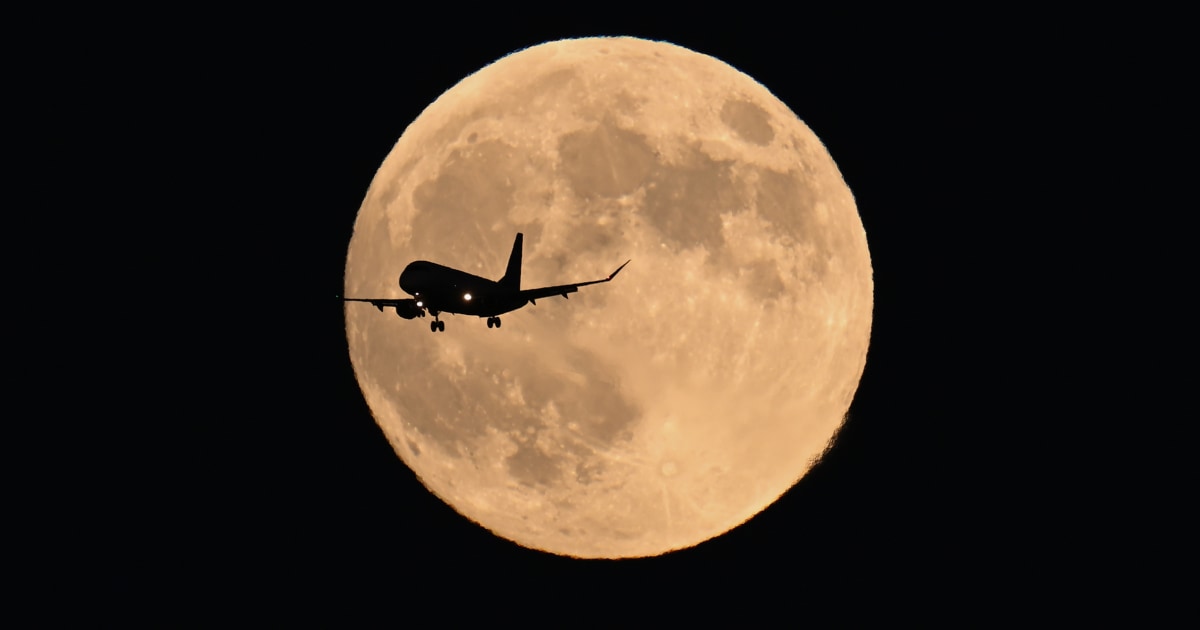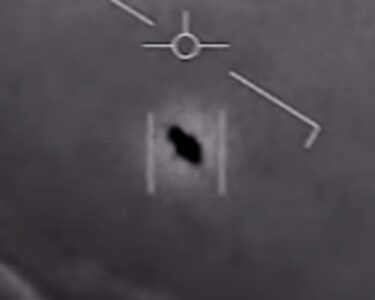Stargazers are in for quite the double feature this weekend: The Beaver Moon, the last supermoon of the year, will share the celestial stage with the dazzling Leonid meteor shower.
The Beaver Moon will reach the crest of its full phase at 4:29 p.m. ET on Friday. This is the final supermoon of this year’s four supermoons, when the moon appears bigger and brighter than normal, according to The Old Farmer’s Almanac.
And as the Beaver Moon is rising, spectators might glimpse a “moon illusion,” a period of time where the supermoon could look even bigger than normal due to an optical illusion.
Scientists are actually unsure why this happens, but believe our brains don’t know that the moon’s distance doesn’t change that much no matter where it is in the sky on a given night, said NASA Public Engagement Specialist Preston Dyches.
The Beaver Moon was named after the time of year when beavers begin hibernation. During the fur trade in North America, this was also the season to trap beavers for their thick, winter-ready pelts, according to The Old Farmer’s Almanac.
A supermoon occurs when a full moon coincides with the moon’s closest approach to Earth in its elliptical orbit, a point known as perigee. According to NASA, “supermoon” isn’t an official astronomical term, but typically it’s used to describe a full moon that comes within at least 90 percent of perigee.
Those hoping to catch a glimpse might be in for a bonus scene in the sky as the Leonid meteor shower reaches its peak on Saturday night into early Sunday, according to the American Meteor Society. While the best viewing period will be over the weekend, the Leonids will be visible until the meteor shower ends on Dec. 2.
Upcoming celestial events include the last full moon of 2024 on Dec. 15, the Geminid meteor shower which will peak from Dec. 12 to 13 and the Ursid meteor shower which will peak from Dec. 21 to 22.






